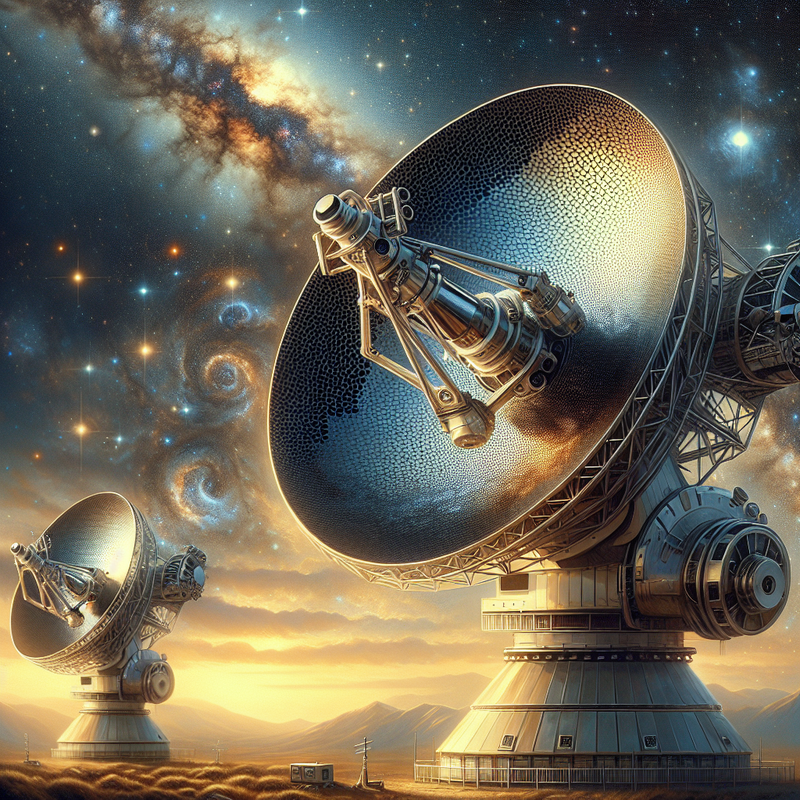The James Webb Space Telescope and the Hubble Constant
The James Webb Space Telescope has marked a significant advancement in the field of astronomy by offering more precise estimations for the Hubble Constant, the metric that signifies the universe’s rate of expansion.
Edwin Hubble was the first to discover this rate in 1929, and it has been an essential parameter in the field of cosmology, providing insights into the universe’s age, scale, and ultimate fate. The Hubble Constant (denoted as H0), expressed in kilometers per second per megaparsec (km/s/Mpc), has been refined over time through observations by the Hubble and James Webb telescopes.
Enhancing Cosmological Calculations
A research project spearheaded by Adam G. Riess from Johns Hopkins University has recently confirmed HST’s findings while incorporating data from the JWST. The investigation leveraged the “cepheid/supernova distance ladder” technique, which employs Cepheid variable stars and Type 1a supernovae as “standard candles” to measure their luminosity. These objects are pivotal for calculating distances and therefore the universe’s rate of expansion.
Additionally, this research sought to resolve the “Hubble tension,” which is a conflict stemming from different calculated H0 values obtained via distinct observational strategies, including the exploration of the cosmic microwave background in tandem with cepheids and supernovae.
For an accurate estimate of H0, it is essential to examine a comprehensive sample set of cepheids and supernovae. Issues previously encountered include the limited quantity of supernovae that are sufficiently close to Cepheid variables for accurate measurements. Scientists have alternatively examined the brightness of the brightest red giant branch stars and other specific carbon-rich stars in galaxies as supplementary “standard candles.”
Merging the observations from JWST, which accounted for the shortage of supernova samples, produced an H0 value of 72.6 ± 2.0 km/s/Mpc. This estimation closely aligns with previous calculations from the HST, which estimated the rate at 72.8 km/s/Mpc.
As research progresses, the JWST is expected to develop a more comprehensive supernova database to match that of the HST, thus bolstering the veracity of the Hubble Constant. With continual examination and data collection, we anticipate a more refined comprehension of the universe’s expansion, clearing the path for new revelations in cosmology.
















